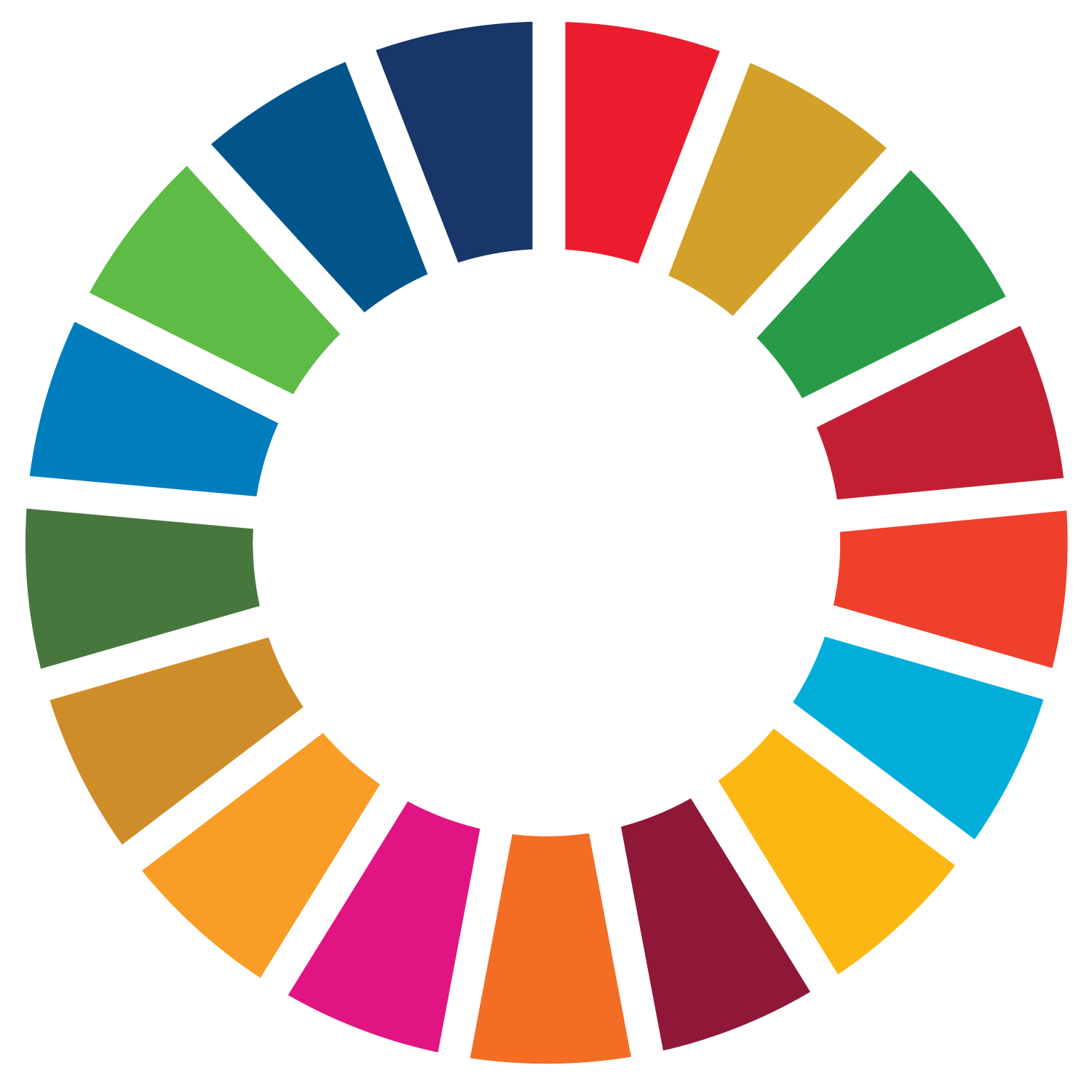Across the world, lakes fed by rivers, glacial melt, groundwater and rain have played an important role in human civilization and development. They contain 90 per cent of the fresh water on the planet’s surface, house an array of wildlife, and make possible farming, fishing and industry. Yet, due to climate change, pollution, mining, population pressure, and unsustainable land use, they are declining at an unprecedented rate. Freshwater ecosystems have lost more extent and biodiversity than almost any ecosystem in the world.
The threats facing lakes are interlinked. Lake pollution is worsened by global heating – leading, for instance, to more frequent and intense floods that cause nutrients, surface-bound contaminants and solid waste to be flushed into rivers and lakes. “Water pollution has continued to worsen over the last two decades, increasing the threats to freshwater ecosystems and human health,” says UNEP’s 2021 flagship report Making Peace With Nature.
Fertilizer is an important component of current food systems, and yet it is also a major source of river and lake pollution. Rain washes the nutrients in fertilizer into waterways and lakes which can lead to damaging algal blooms, which are predicted to increase by at least 20 per cent by 2050.
Wastewater is another pollution threat. Up to 80 per cent of global wastewater is estimated to enter water bodies untreated with adverse impacts on human and ecosystem health.
Read more of this UNEP story here.
For more information, please contact Lis Mullin Bernhardt: lis.bernhardt@un.org
Share this post
UNEP-DHI Centre on Water and Environment
Agern Allé 5, 2970 Denmark
Tel: +45 45169200
